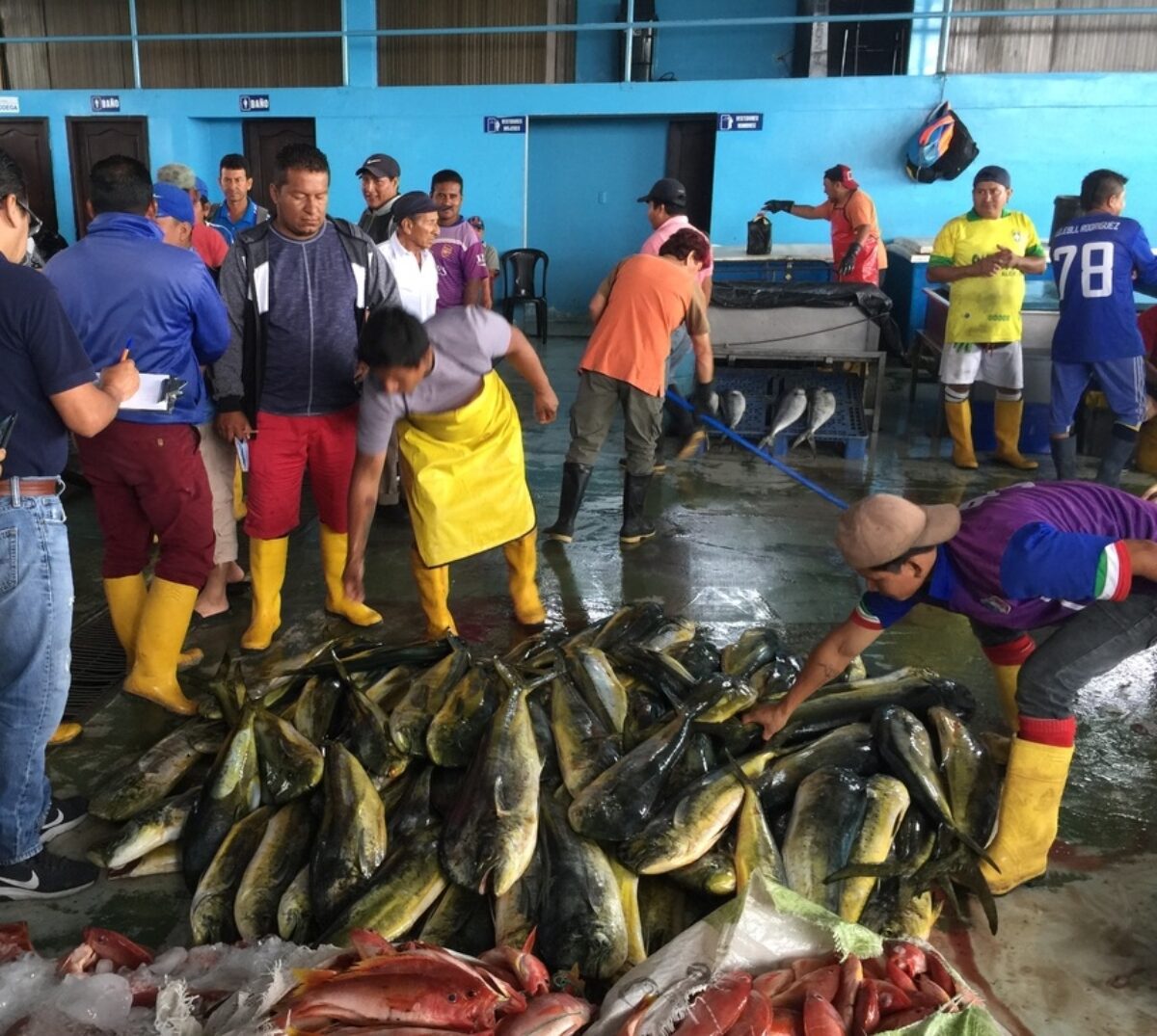Impact Stories
Research and regional coordination: Strengthening mahi management in the tropical Eastern Pacific Ocean
In the Pacific mahi fishery, a wide range of stakeholders are working together to promote coordinated regional management and ensure that fishers have a voice in decision making.
Mahi (Coryphaena hippurus) – also known as mahi-mahi, dolphinfish, or dorado – is a highly migratory pelagic species found in the tropical and subtropical waters of the Pacific, Atlantic, and Indian oceans. For coastal countries in the Eastern Pacific Ocean (EPO), mahi is a key resource for small-scale artisanal and semi-industrial commercial fisheries, as well as sport fishing in some countries. On the international market, mahi is a relatively new commodity, which saw tremendous growth beginning in the mid-2000s. The United States is the main end market for mahi, representing more than 90% of the global reported imports by quantity and 99% by value.
For more than a decade, with support from the Walton Family Foundation, the Global Environment Facility (GEF), the U.S. Agency for International Development (USAID), and the United Nations Development Programme (UNDP), SFP has engaged with stakeholders across the entire Pacific mahi value chain to drive changes that enhance the sustainability of this fishery, through regional coordination, capacity building, and scientific research. Given that Peru and Ecuador account for more than 80% of mahi catches in the EPO, coordinated regional management of the resource has been a key priority of this work.
A timeline of progress on mahi management in the EPO
Identifying challenges and mobilizing international buyers
2013: SFP publishes a sustainability overview of mahi fisheries, finding that no comprehensive stock-wide assessments of the Pacific mahi population have been conducted, and that regional fisheries management organizations (RFMOs) do not have mahi conservation and management measures in place.
The report urges national and regional management authorities to invest in research needed to understand the stock and population structure, carry out population assessments and set biological reference points and catch control rules, and gradually incorporate ecosystem-based elements in their management. It also invites companies within the mahi supply chain to establish fishery improvement projects (FIPs) and adopt best practices and sound governance systems.
2014: Building on discussions with U.S. importers on how to create a private-sector collaboration space to promote improvements in Central American fisheries, SFP convenes the first meeting of the South and Central American Mahi-Mahi Supply Chain Roundtable, bringing together supply chain companies to share progress, coordinate efforts, and define priority areas for improvement.
2015-19: The regional SR evolves into the Eastern Pacific Ocean Large Pelagics SR and later merges with parts of the Indonesia Tuna and Large Pelagics SR to become the Large Pelagics SR. In 2019, SFP renames the initiative as the Global Mahi SR, with the purpose of overseeing the development of large-pelagics FIPs, promoting national FIPs to improve policies and practices, influencing regional policy to meet sustainability goals, and connecting key national suppliers with sustainability targets.
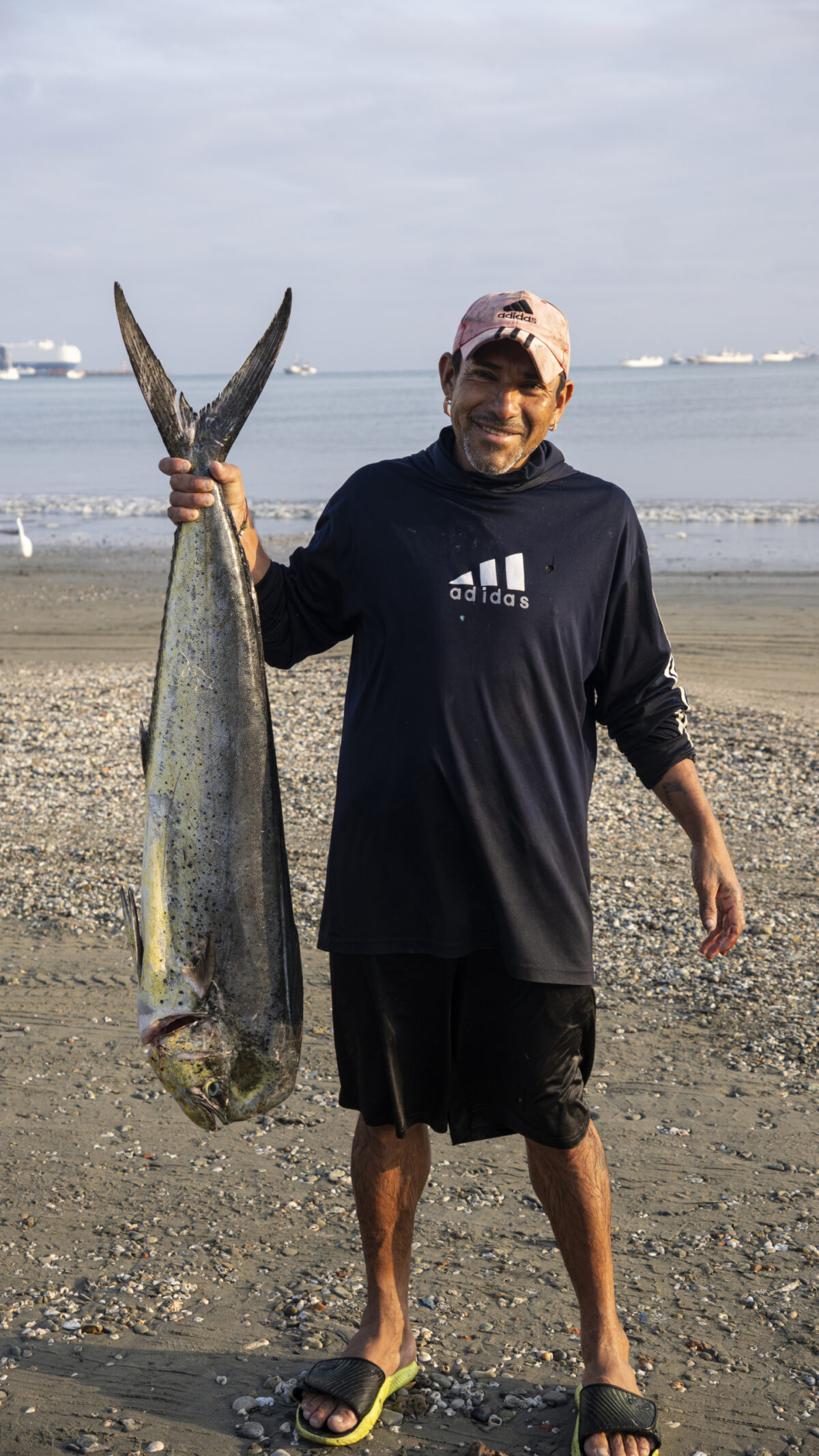
Consolidating local leadership in the fishery
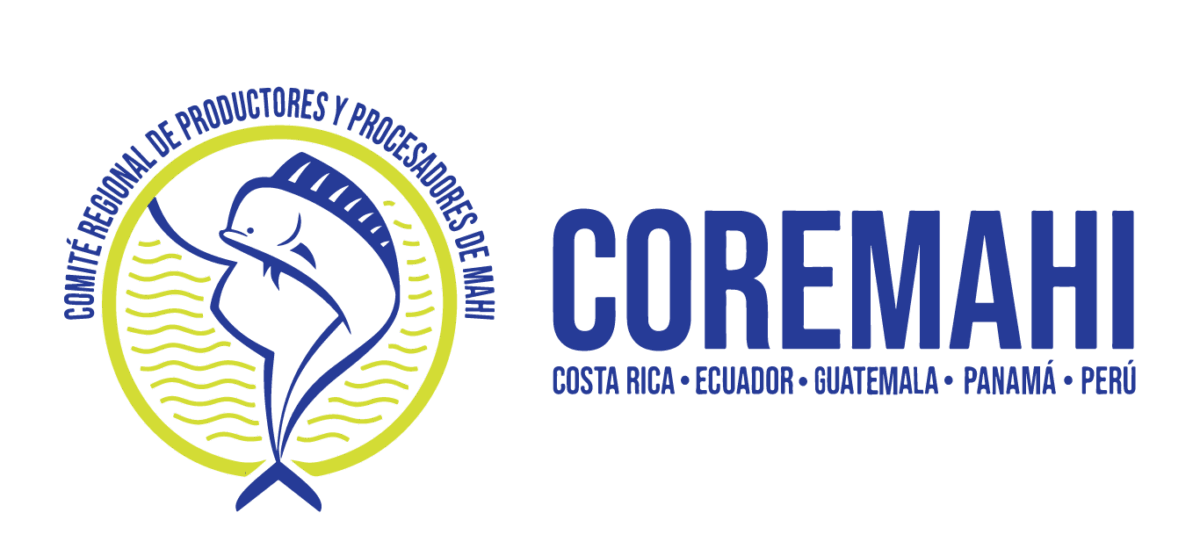
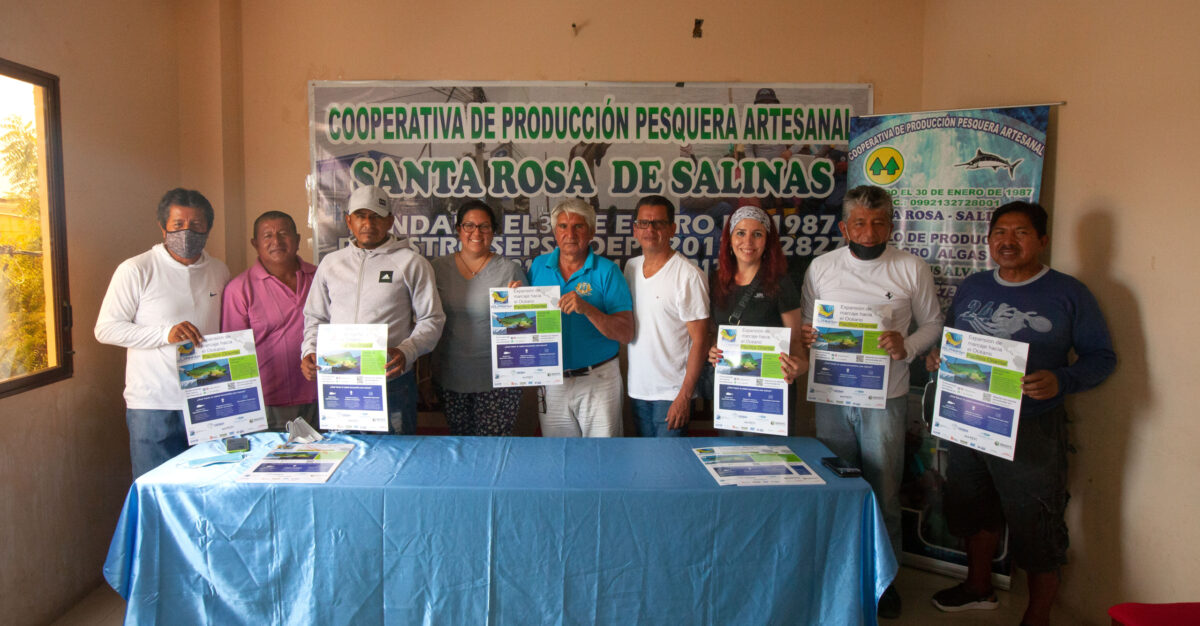
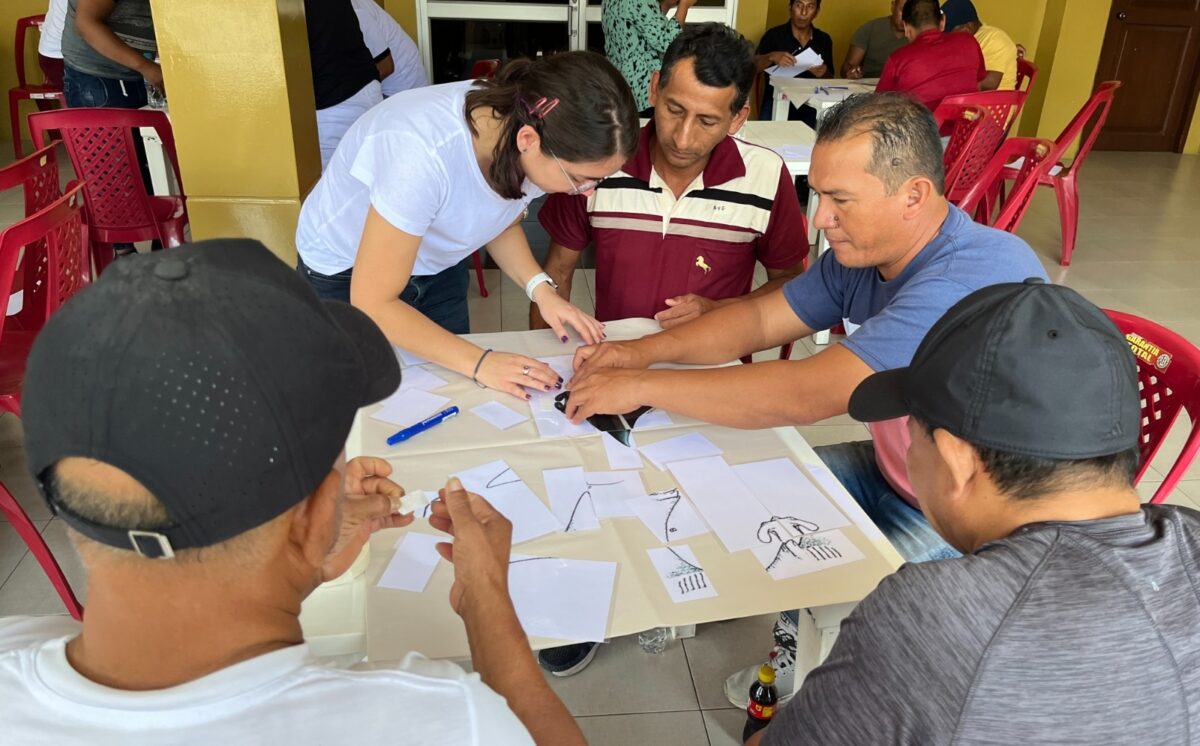
2019: SFP supports the creation of the Regional Committee of Mahi (Comité Regional de Productores y Procesadores de Mahi, or COREMAHI) as part of a process to strengthen fishing organizations and promote their legitimate participation in regional science, management, and enforcement. COREMAHI initially includes processors and producers from Costa Rica, Ecuador, Peru – representatives from Guatemala and Panama join later.
2021: COREMAHI adopts a Code of Conduct that includes 14 commitments to improve monitoring and data collection in the mahi fishery, promote co-management for small-scale fishers, reduce bycatch of vulnerable species and ecosystem impacts, and combat illegal, unreported, and unregulated (IUU) fishing. SFP provides technical support and coordination in developing and approving the Code.
2021: Based on co-management principles, SFP supports the Manta Shipowners’ Fishing Production Association (ASOAMAN) in Ecuador to improve its organizational capacity to participate in mahi fishery improvements. As a result of this support, ASOAMAN launches the first FIP led by a producer organization in Latin America: the Responsible Longline Mahi-Mahi FIP. The FIP is an example of collaborative management as a tool for including multiple stakeholders beyond just government institutions, to ensure the legitimacy and long-term sustainability of management measures.
2023: ASOAMAN accepts the presidency of COREMAHI and strengthens COREMAHI’s participation in Inter-American Tropical Tuna Commission (IATTC) meetings, giving mahi fishery stakeholders a voice in regional decision-making processes and promoting fishery improvements at the regional level.
Supporting scientific research to improve understanding of mahi
To address critical gaps in knowledge about mahi populations and guide more sustainable management of the fishery, SFP supports stock assessment, tagging studies, and genomic research in the EPO. This research can reveal important information about stock structure and connectivity, and movement and growth across fleets and jurisdictions, allowing for more effective conservation and management measures.
This support has included strengthening national fisheries research institutes in Ecuador (the Public Institute for Aquaculture and Fisheries Research, or IPIAP) and Peru (the Peruvian Institute of the Sea, or IMARPE) and supporting advocacy and regional management through the IATTC, which is responsible for managing tuna and associated species, including mahi, in the EPO.
It has also helped empower boat owners, captains, and crews from small-scale artisanal and semi-industrial fleets to participate in fishery monitoring, data collection, and knowledge generation, and to have a voice at the national and regional level.
Stock assessments
2019: Within the IATTC framework, COREMAHI and the Global Mahi SR promote a recommendation for the Commission to continue working with member countries on research into the population status of mahi in the EPO.
2020: IPIAP and IMARPE establish a working group to conduct a stock assessment of the Pacific mahi population. SFP, through the Global Marine Commodities Project, facilitates a researcher to provide scientific input into the assessment process.
2021: Ecuador and Peru submit a regional scientific plan for mahi to the IATTC Scientific Advisory Committee, reflecting research needs identified by COREMAHI related to genomics, tagging, and stock assessment.
2021: COREMAHI and the IATTC sign a Memorandum of Understanding to implement joint research projects aimed at improving scientific knowledge of the mahi population.
2022: With the support and participation of SFP, IPIAP and IMARPE present the first binational stock assessment for mahi to the IATTC Scientific Advisory Committee, concluding that the mahi stock is healthy. Over the next two years, with the support of an SFP researcher, they will update the assessment twice, incorporating environmental information such as sea surface temperature associated with El Niño and La Niña events.
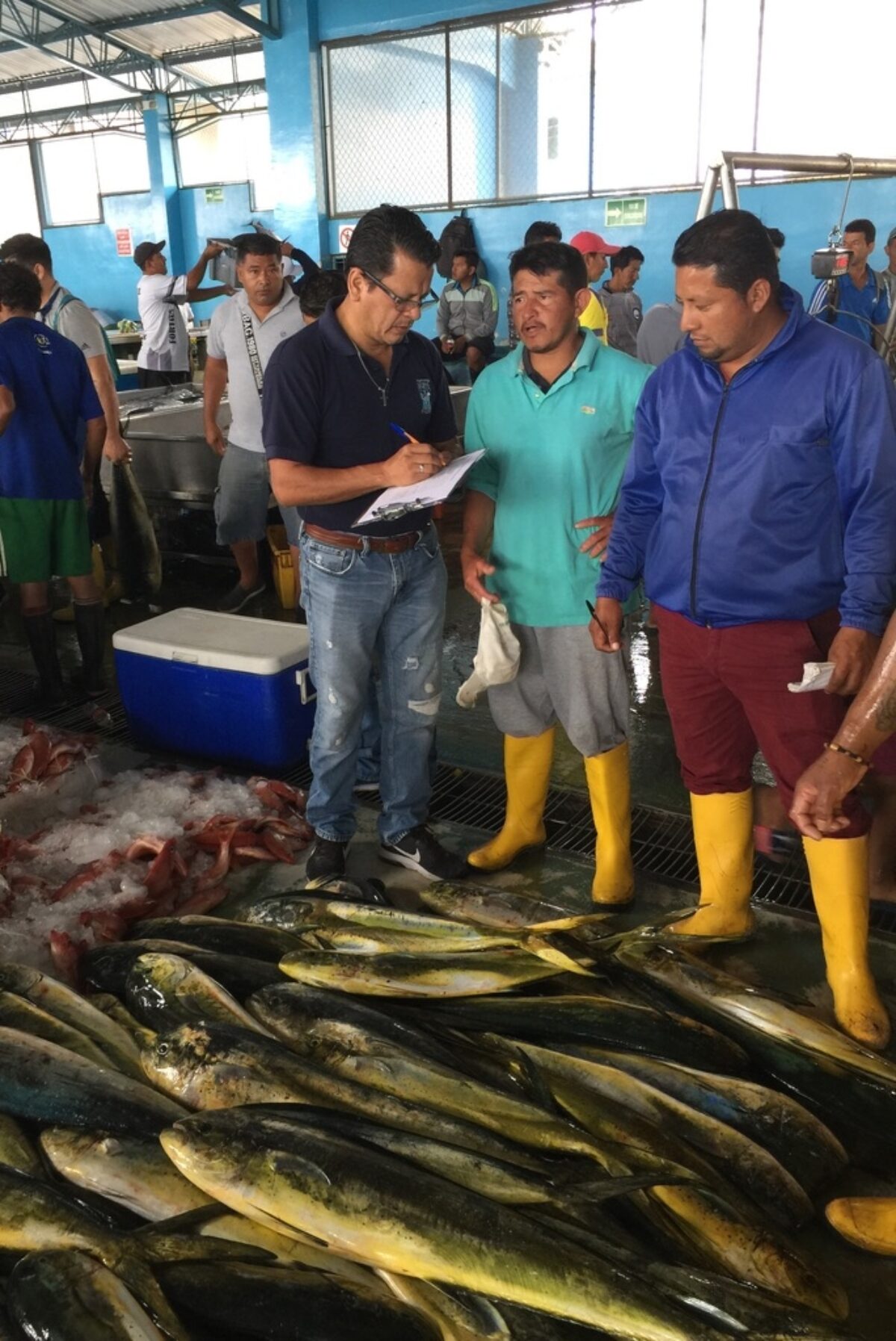
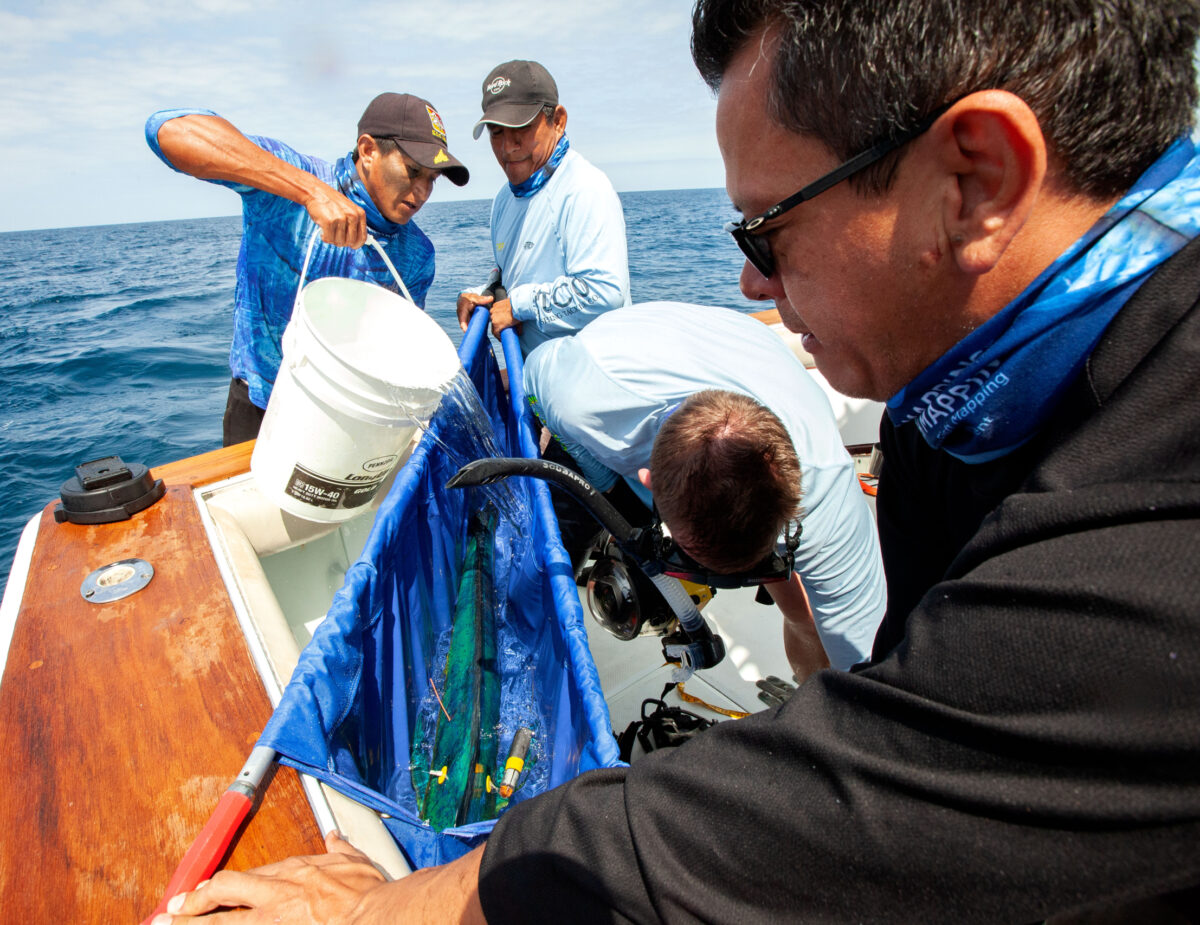
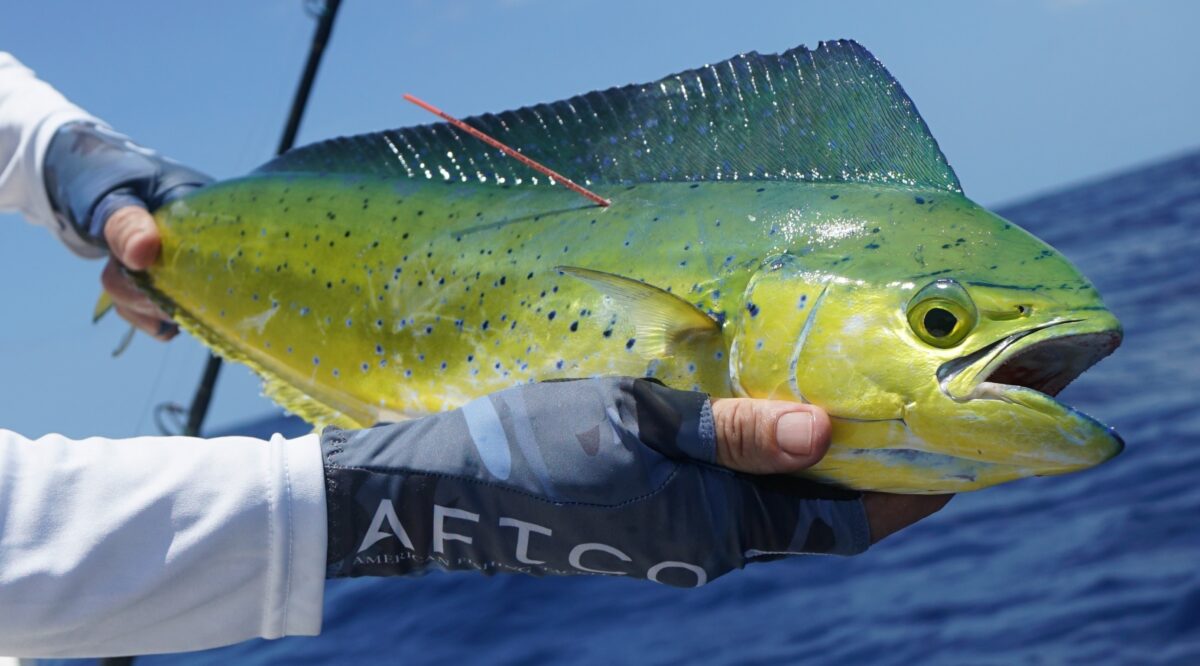
Tagging studies
2022: With the support of SFP, COREMAHI, and the Global Mahi SR, IPIAP and IMARPE begin a pilot mahi tagging study, to gather information on mahi movements, migration routes, dwelling areas, and species growth rates. This pilot is designed to test logistics, provide training, supply equipment and materials, and validate the feasibility of tagging for its future adoption by artisanal fleets.
2023: As a result of the pilot study, the IATTC approves a resolution on Research for the Management of Dolphinfish (Dorado), urging members to collect and submit biological, catch, interaction, and fishing effort data related to mahi, to update the regional stock assessment.
2023–2024: SFP integrates small-scale fishers from the ASOAMAN longliner fleet into the tagging project, through training, materials, and technical support. In total, 114 fish are tagged and six tags are eventually recovered. The results from the recovered tags include proof of interaction between the tuna purse seine fleet and the mahi population, evidence of long-range movements of mahi toward the high seas and northern latitudes, and confirmation of a rapid growth rate for mahi. These results support (i) adoption of adaptive measures by area and season, according to the observed movement and abundance patterns; (ii) the use of tagging to validate growth parameters and migration routes in future stock assessments; and (iii) the strengthening of compliance with mahi measures by the tuna fleet, along with coordination mechanisms to report recaptures in a timely and traceable manner.
Genomic research
2024: A study authored by researchers from IPIAP, IMARPE, INCOPESCA (Costa Rica), UNAM (Mexico), and CICIMAR (Mexico) identifies at least three genetically independent populations of mahi in the tropical EPO. The study, which was organized by SFP and facilitated by fishers from the region, presents important implications for the development of tailored and coordinated fisheries management plans in the region.
The authors recommend developing management strategies that preserve the viability of mahi populations in the EPO by explicitly considering the existence of at least three genetic groups (North, South, and Oceanic), the differences in connectivity between subregions, and the influence of environmental factors. They advise moving toward a comprehensive and adaptive management and conservation plan that harmonizes measures among countries and fleets, incorporates rules appropriate to each biological unit, and reduces the risk of overexploitation when abundance decreases or distribution centers shift.
2024: Building on the tagging and genomic studies, IPIAP and IMARPE agree to conduct three more stock assessments: one for Peru, one for Ecuador, and a joint binational assessment to better understand the stock dynamics across both countries.
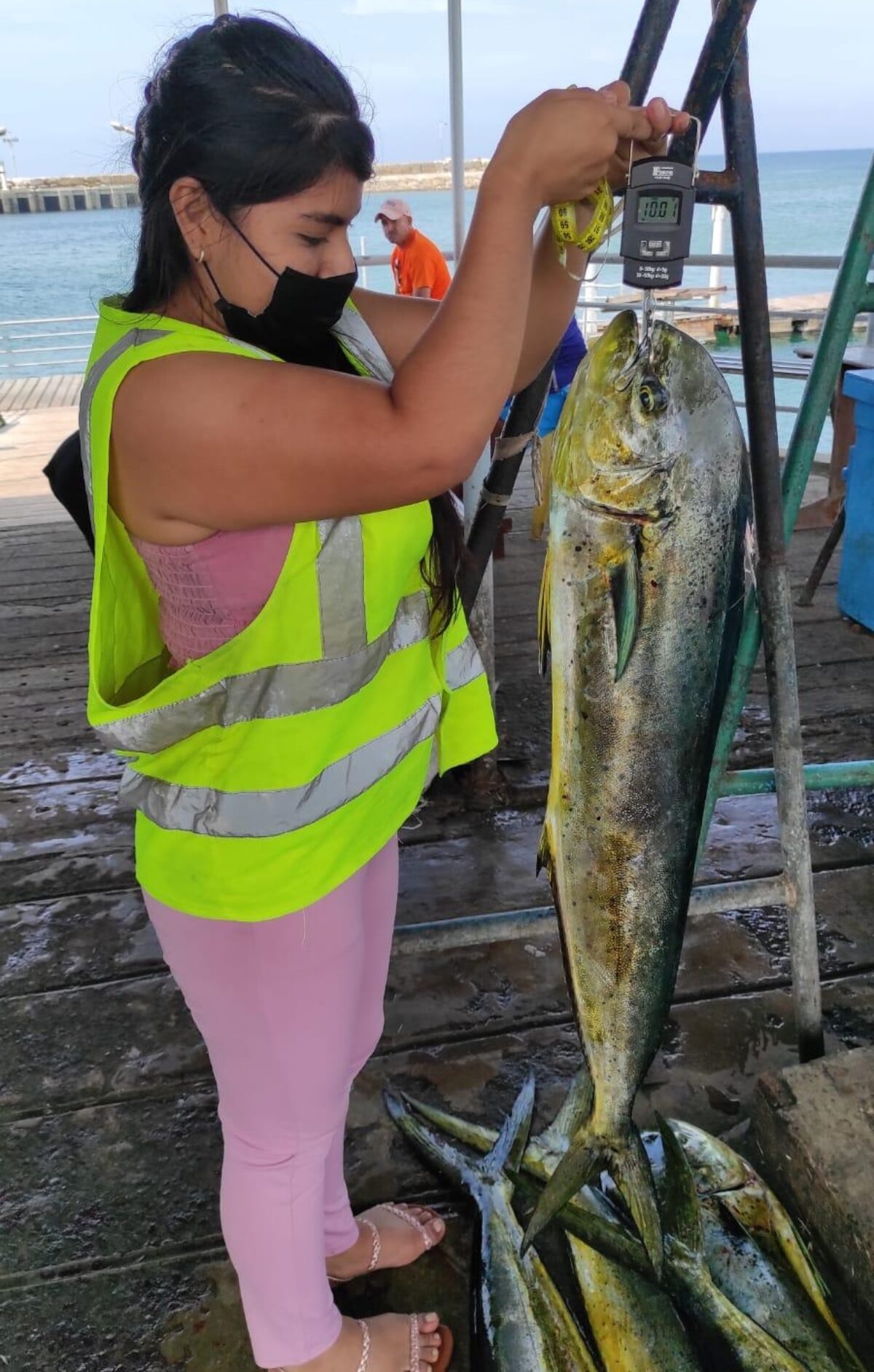
Looking to the next phase of scientific research and management coordination
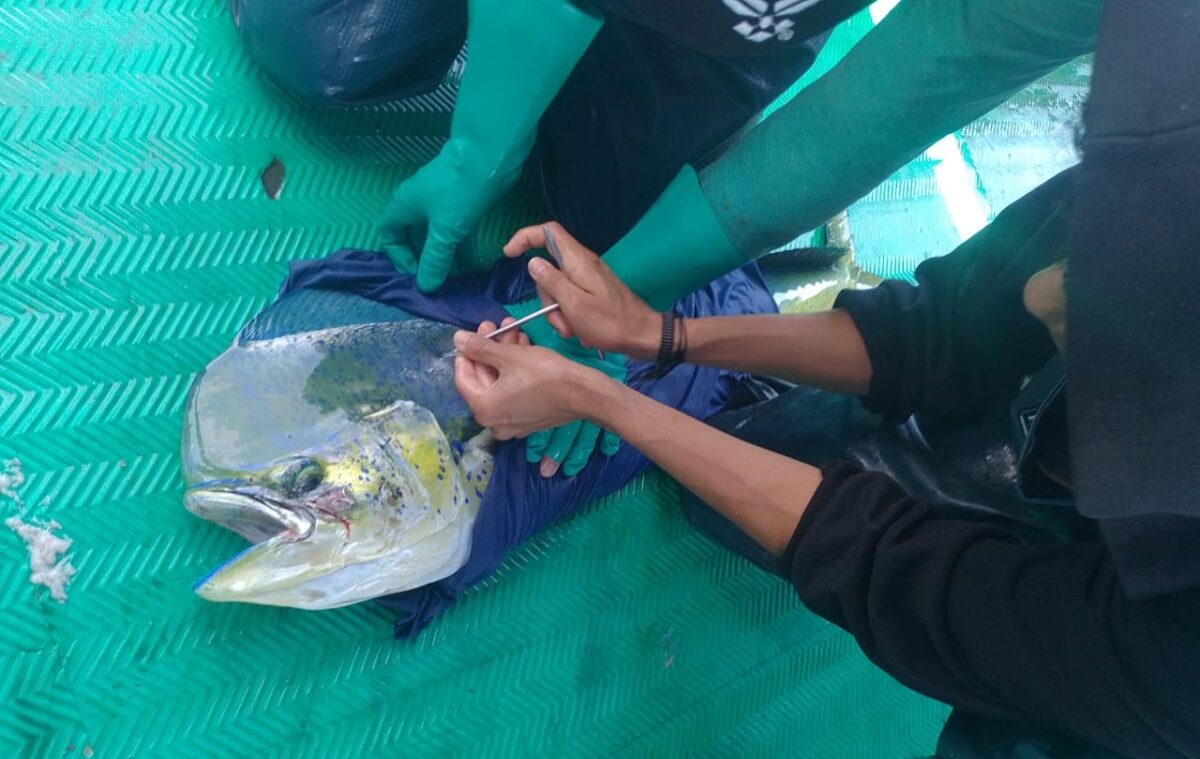
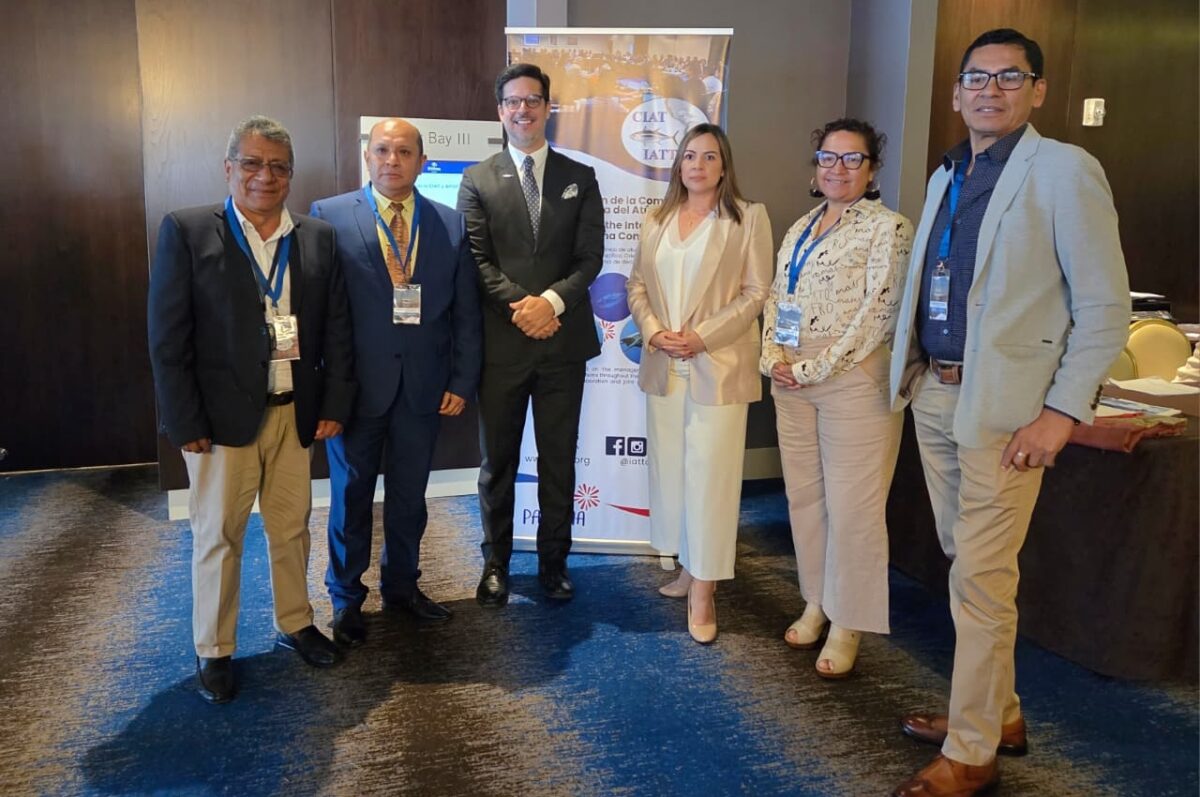
2025: New kits with 60 tags are delivered to captains of 12 vessels belonging to the Manta Fishing Skippers and Helmsmen Association (ASOPTMANTA), with the objective of starting a new tagging cycle to expand the database and confirm the initial findings on mahi movement patterns. The first six recovered tags are being analyzed, and the results will be shared in a peer-reviewed journal.
2025: IPIAP and IMARPE, with support from CICIMAR and UNAM, begin conducting the second phase of the genetic study, using samples collected in 2022–2025 from within the Exclusive Economic Zones (EEZs) of Peru and Ecuador and from international waters.
2025: The IATTC creates a Working Group on Dorado, which will bring together scientists from member countries, technical staff, and artisanal and industrial fishers to identify information gaps, establish scientific priorities, assist with stock assessment, formulate recommendations, conduct technical workshops, and propose a management strategy for mahi in the region. Creation of the working group follows a proposal submitted by Ecuador with COREMAHI’s support, a major achievement for mahi producers in the EPO, and another decisive step closer to regional management of the resource.
On the path to MSC certification
In recent years, significant progress has been made in mahi research to improve our understanding of this resource. Thanks to this collaborative effort, there is now greater certainty that mahi harvested in the Eastern Pacific Ocean is sustainable.
This information has enabled countries such as Peru – the main mahi producer in the EPO, with around 60,000 tons annually – to develop a management strategy with reference points and an annual quota system. In addition, the creation of an IATTC working group on mahi has provided a crucial platform for regional coordination, allowing countries to adopt compatible management measures that ensure effective stewardship of the resource.
These regional efforts are helping mahi producers get closer to achieving Marine Stewardship Council (MSC) certification. They also assure customers that they are consuming mahi from a healthy population (MSC Principle 1), supported by management tools designed to ensure effective management (MSC Principle 3) that guarantees long-term sustainability in the region.
